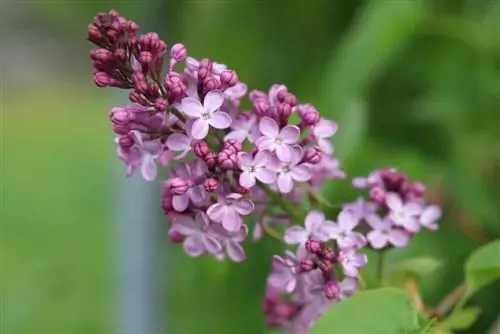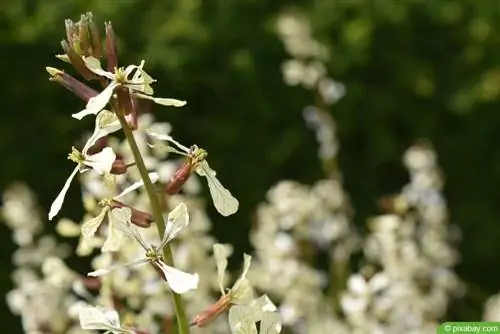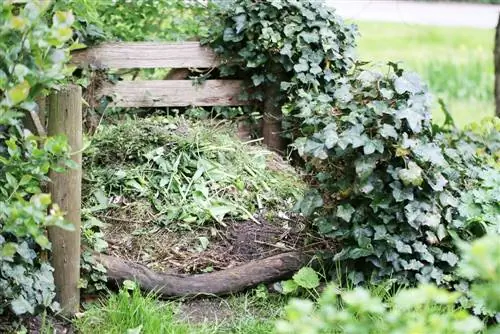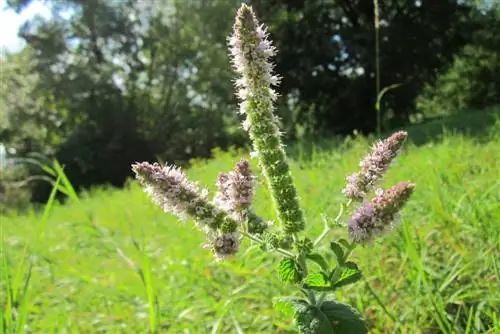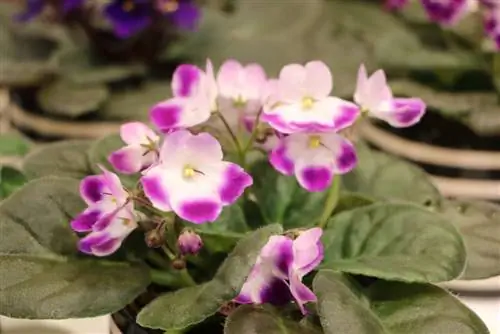- Author admin [email protected].
- Public 2023-12-17 03:39.
- Last modified 2025-01-24 12:45.
Decorative, easy to care for and exudes an intoxicating scent: Lilac is one of the most popular ornamental plants in your home's green space. The shrub with its lush flowers is a real eye-catcher - so that a sudden lack of flowering is immediately noticeable. However, in order to be able to specifically help the plant and encourage it to form flowers, it is important to know the cause of this behavior.
Site conditions
If the lilac does not bloom or does not bloom properly, unfavorable location conditions may be the cause. Since it is a plant that requires a lot of sun and light, the ideal location for the plant is only sun-drenched areas within the local green area. Even a partially shaded location can lead to limited flowering. The density of the crown is then also sparser overall, and the plant appears less lush overall.
So if the lilac appears small and inconspicuous when the flowers are few, but is otherwise he althy, the location should be checked first. If necessary, the plant must be transplanted to a sunny location; Relocation should also take place if the new location is expected to have predominantly dry heat, which the plant can cope with well. It is also important that the lilac is as sheltered from the wind as possible.
Soil and care
In some cases, in addition to an unsuitable location, inadequate soil can also be the cause of the lilac's lazy flowering; the plant requires a substrate that has the following properties:
- lots of lime (especially in spring)
- If necessary, a slightly acidic soil is also possible
- rich in nutrients
- permeable
- not too humid
Tip:
Lilac develops deep, far-reaching roots; It is therefore important that the soil is always kept loose.
The soil can also tolerate limited periods of drought; Waterlogging, on the other hand, is always unfavorable and can quickly lead to root rot. In this case, no flowers form or existing flower buds are shed. Unfortunately, once root rot has occurred, the affected plant can no longer be saved and must be disposed of.
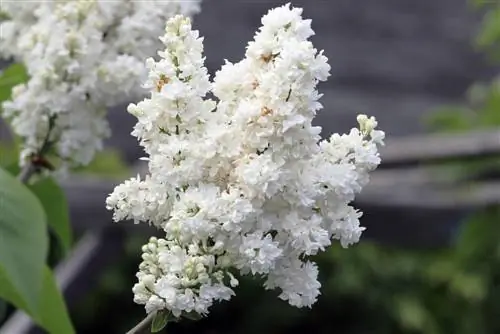
If, on the other hand, the soil does not have enough nutrients, flowering is certainly present, but overall it is not lush. Then it helps to add special fertilizer. Phosphorus-accentuated variants are recommended, which are preferably given out in spring. A smaller dose is then given directly after flowering.
Caution:
It is important to pay attention to the correct concentration (package instructions)! If the lilac is over-fertilized, the plant will grow quickly overall, but will not produce any flowers. A lack of flower formation despite fertilization can also be due to an excess supply of phosphorus. Alternatively, it is also possible to add a complete organic fertilizer or compost.
Pruning errors
If the site conditions are ideal and the lilac is cared for optimally, incorrect pruning can also be responsible for the plant's lazy flowering. This is one of the most common reasons for failure to bloom. The following cutting errors are possible:
- Overall too strong pruning
- Astring injury
- pruning young bushes when they are in full bloom
Lilac bushes should only be cut very carefully and cautiously. The plant only needs to be thinned out.
Tip:
If an observer from the outside cannot see that the lilac has been cut back, the extent of the cut back is optimal.
When cutting, the hobby gardener only removes spent inflorescences, which are removed at the base immediately after flowering. In addition, branches that affect the growth of the shrub must be cut; In addition to dry and dead shoots, this also includes those that cross each other or are too close together. To find branches that are growing inwards and thus disrupting the overall growth of the shrub, you should look at the plant from a meter away.
The shoots identified in this way must then also be cut off. When cutting itself, it is important to ensure that the branch ring is not injured. In addition, the branches must always be cut off just above the buds. Overall, radical pruning should be avoided; An exception is the old lilac bush, which can be rejuvenated by such a measure. The radical pruning is preferably done in summer so that the wounds can then close more easily. However, it should be noted that flowers will not form in the following year.
Lilac disease as a cause of flowering laziness
Last but not least, diseases can also be responsible for the lilac not blooming. This primarily includes lilac disease, which can be recognized by the following symptoms:
- strip-shaped dark discoloration and indentation on the bark of young shoots
- Shoots bend at the infested sites and wither
- irregular dark confluent spots on the leaves
- dark discoloration of the petioles and leaf veins
- Blossoms brown and wilt
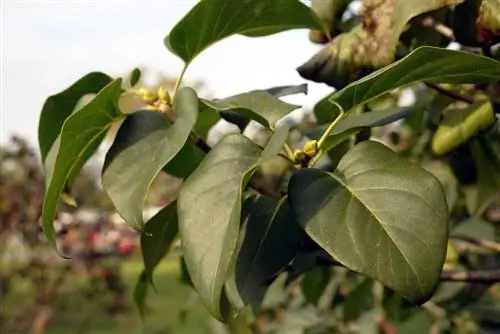
Even inexperienced hobby gardeners can immediately see from the characteristic damage pattern whether the lilac disease is the cause of the restricted flowering. The occurrence of the disease is favored by late frosts, persistent wetness and incorrect fertilization; Excessive nitrogen administration in particular increases the risk of this disease. Particular caution is required with younger plants, which tend to become ill more quickly than fully grown specimens. If the lilac is already infected, affected parts of the plant must be cut back deep into the tissue; the cuttings must be burned.
It depends on the variety
If you want a blooming lilac, you should take this into account when purchasing. In fact, it is not a given that every variety will produce flowers in the first year. Some lilacs only bloom after three years. Then you have to practice patience - or resort to the noble lilac, which already blooms as a very young bush.
But even within the same variety, there are considerable differences between the individual bushes when it comes to their ability to bloom. Ultimately, each plant must be seen as an individual; But if you stick to the above-mentioned site conditions, care for and cut your lilac optimally and protect it from diseases, you can certainly get the maximum flowering joy out of the plant!

